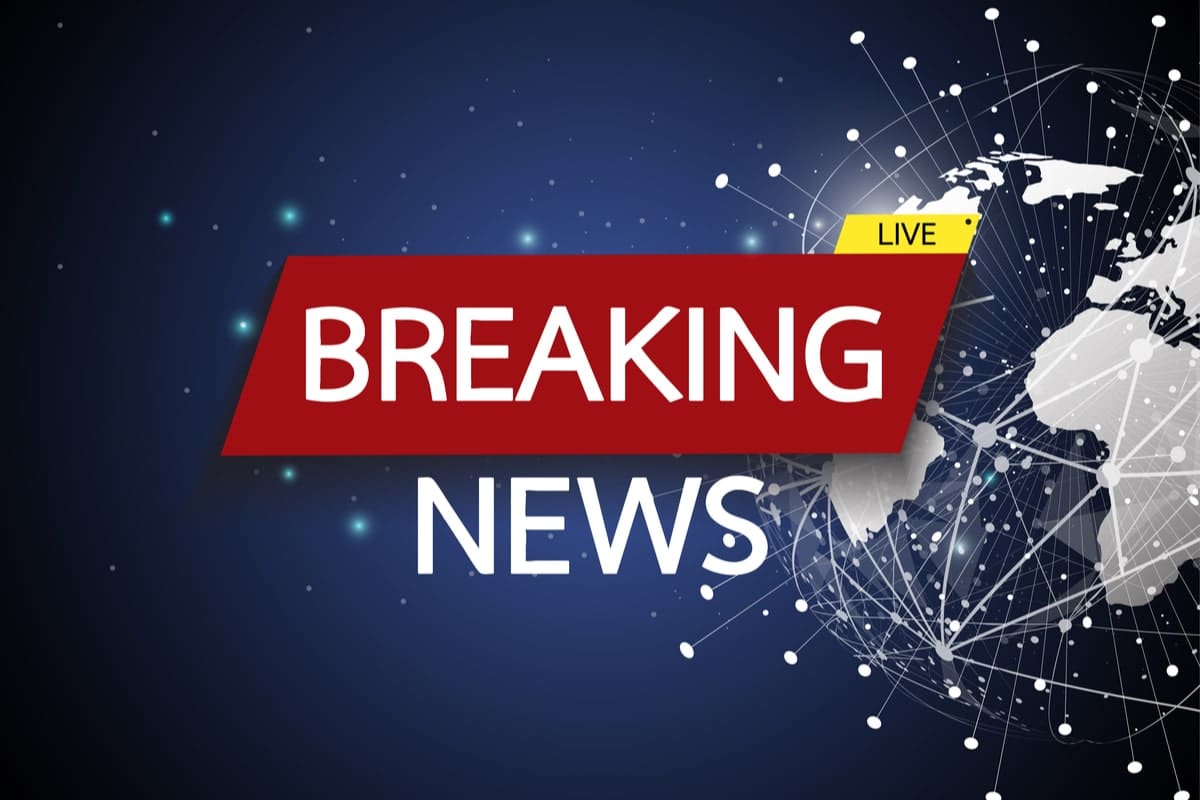Continuity360: A framework for protecting broadcast and media companies against unplanned, catastrophic events

Continuity360 is our Business Continuity Management framework which ensures your organisation is prepared to deal with an unexpected event which may adversely affect your ability to deliver your services. Continuity360 is essentially preparing for the unexpected and ensuring your teams know what to do in the event of a serious incident. Continuity360 also ensures effective processes and systems are in place to enable you to minimise any impact on services.
A major unplanned event, whether natural, accidental or deliberate could cause significant disruption to your business. If the worst happens and a significant operational outage occurs, your organisation may suffer from considerable service credits, loss of reputation or even customers terminating due to contract breach.
Continuity360 helps ensure you are protected from unplanned events by guiding your business through developing, implementing and exercising a business continuity plan.
Continuity360 can also be used as a selling point – evidence of planning is often required in customer proposals – and Continuity360 can also be used as a differentiator.
Understand the objectives and scope of Continuity360. We’ll start by establishing what you want to achieve from your business continuity plan and what services, activities and parts of the organisation are in-scope. We’ll also need to know who is responsible for business continuity plan in the organisation and the key people who will help implement the plan.
We then establish if any business continuity plan already exists in your organisation – often some plans already exist, but perhaps they are out of date. We don’t want to reinvent the wheel so we’ll incorporate these existing plans in our review.
We then set about reviewing the services and resources that need to be protected. We use a tool called Business Impact Analysis which identifies important information such as:
At this stage, we also establish the possible events that could impact an activity and resource used to deliver services. These events are risk-assessed by reviewing their likelihood of occurrence and impact. This enables us to focus on the high-risk events.
Having established the high-risk areas, we work with your teams to work out what actions would be required to maintain critical resources during an event. For example, you might decide to cross-train some staff so they can cover for each other during absence of key individuals, or you may decide to establish a back-up control room.
At this stage, we are in a position to write up a Business Continuity Plan, ensuring the roles, responsibilities, contingency plans and resources are documented so they can be used for future reference, sharing with key individuals and teams, training, and if necessary during an event itself.
The final step involves exercising the plan – akin to a fire drill. This is done to ensure key people understand and can practice, their roles, and the plans are tested. Exercises can vary from small exercises for a single team to large exercises involving customers and suppliers. The important point is to ensure plans are effective and people understand their responsibilities.
Our specialist partners have significant experience in planning and executing business continuity in broadcast and media companies. This experience means we know typical vulnerabilities and threats to organisations operating in the industry.
As practitioners, we work closely with you to develop effective plans. We’ll also work with you to deploy and test these plans with realistic scenarios that broadcast people can relate to.
"If you're updating your business continuity plans, I'd recommend you give Hawk Media Partnership a call!"
Richard O’Brien, Head of Service Delivery, ITN
In January 2022 the World Teleport Association published their paper on best practice in control room design and operation. Titled ‘Build a Better NOC’, the report explores best practices for strengthening and improving one of the most critical elements of operational and customer support, the Network Operations Center (NOC).
The report was researched and written by Angus Blackwood. In this exclusive World Teleport Association webinar, Angus can be heard speaking about the research findings.
During this interview you’ll hear Angus talking about how Hawk helps its clients, the range of skills and experience available in the Hawk team and typical projects that Hawk leads for its clients.
During this interview you’ll hear how Ben has developed his broadcast network over the years, how he found the process of authoring books in different formats and his thoughts on what makes us happy with the work that we do and why.
Sign up to receive updates on how we’re transforming capabilities in broadcast and media